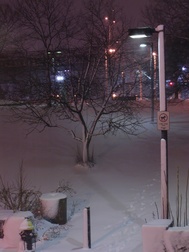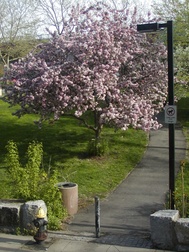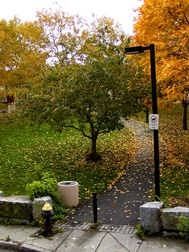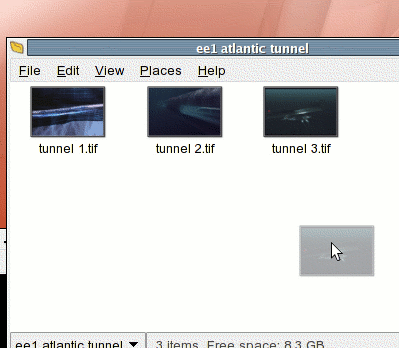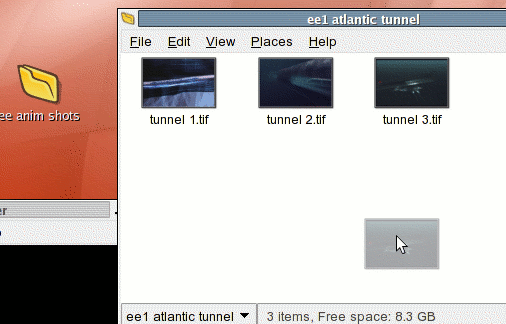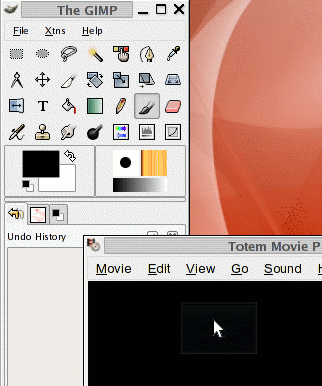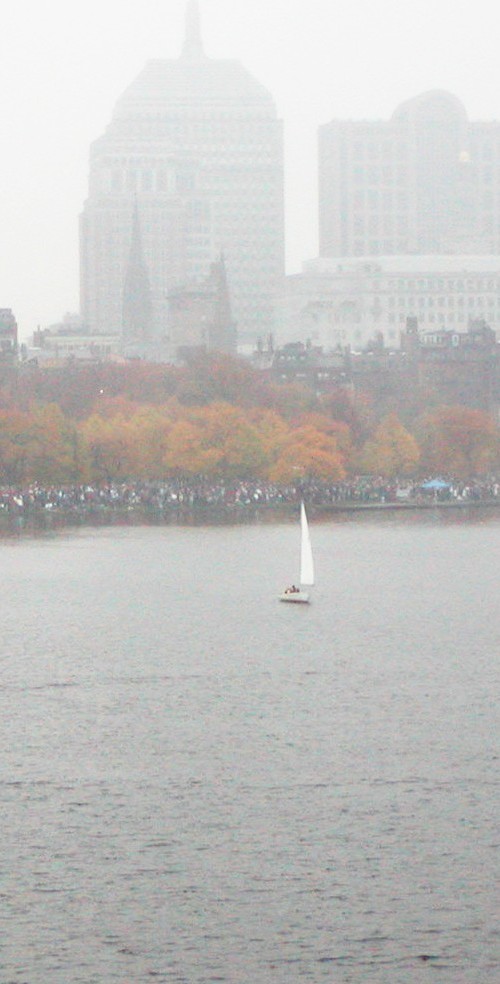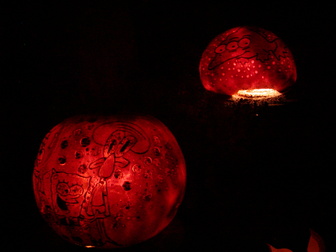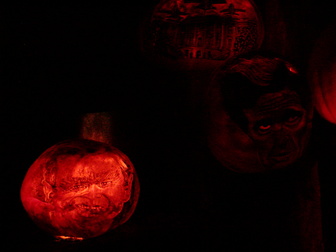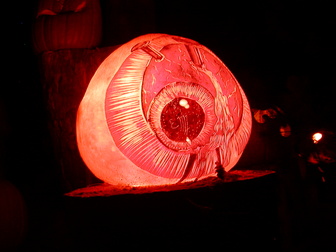I want to edit videos on my GNOME laptop. There are currently a lot of programs out there trying to bring video editing to linux, and they all suck, every single one. Many of them don’t understand basic video editing interface standards, and so they’re trying to reinvent the wheel. Not to mention a total lack of awareness of the basic Avid keyboard layout, which is a necessity if you ever expect a professional editor to touch a new piece of software.
I use video editing software every day, so I know roughly how an interface should look and work. I also know what’s great about the Avid interface, and what can be improved. Because I’m on a mockup binge, I’ve been throwing together some widgets in glade to see what it would look like. I’ve also started thinking about the major components of an editing system (interface, media management, playback engine) and how those could be put together.
It’s going to be a lot of work. A good, integrated video editing application will require working knowledge of gstreamer, gtk, nautilus, firewire drivers, disk management… and that’s just basic editing. Add in titling tools, complex transitions, and motion effect engines and you’re starting to get into some heavy lifting. I know that GStreamer will work as the playback engine, but I don’t know how make gstreamer do 1x reverse playback with audio scrubbing (for instance). I know I would need a couple new widgets, like a ruler-like timecode bar and the all-important video/audio track widget. Also for media management there’d need to be a new “footage view” for nautilus to browse media by source tape and timecode.
Miguel De Icaza once mentioned that there should be a mono-gstreamer video editing program. I wish I could throw something together to get this application off the ground, but I’m afraid that I don’t know where I’d start. Should I try to learn gstreamer? Or do I just get the interface working, and then worry about actually plugging in video files later?
A video editing application, one that is scalable to HDTV and open to the possibility of realtime effects acceleration hardware, is a daunting task — which is why noone has written one yet. I hate being the lame guy who has “an idea” that other people should impliment, but that’s where I am.
Put it this way, if anyone out there wants to write a video editing application, please talk to a real editor before trying to invent your interface from whole cloth. It doesn’t have to be me. Like evolution was based off of Outlook, take a peek at Media Composer or XPressPro and start cloning the interface. Even if we end up with Avid’s shortcomings, at least it we’d get its strengths.

